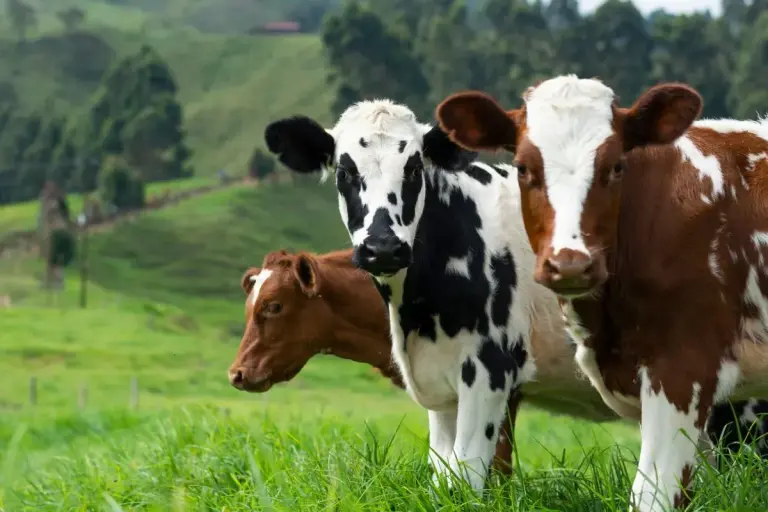Panama’s cattle industry is poised for a significant transformation as national authorities and international experts collaborate to unlock the country’s potential through advanced genetic improvement. A recent tour led by the Ministry of Agricultural Development (MIDA) and U.S. livestock genetics specialists assessed the current state of Panamanian cattle production, identifying key opportunities for growth and enhanced resilience. This initiative marks a critical step in strengthening the nation’s agricultural sector by focusing on the core of productivity: superior, climate-adapted genetics.
Strategic Partnerships for a Stronger Herd
Sara Feliú, Director of Livestock at MIDA, led a delegation of American experts on a comprehensive tour of Panama’s diverse farming operations. The group visited Grade A dairy farms in the Azuero region and beef production facilities in Chiriquí to gain a holistic understanding of the national industry.
“We have gotten a general overview of what can be done here in Panama with genetics, where we are, and what the opportunities for improvement are,” Feliú stated. She emphasized that while Panama has done important work in breed improvement over the years, genetics is a field of constant evolution. This collaboration aims to integrate cutting-edge knowledge and technology to propel the industry forward.
Overcoming Environmental Challenges with Smart Genetics
The tropical climate that defines Panama presents unique hurdles for cattle ranchers. Carlos Peña, Latin American representative for U.S. livestock genetics exporters, noted that genetics in regions like Chiriquí and Azuero are challenged by environmental factors.
“The climate, humidity, parasites—there are many factors,” Peña explained. “We are looking at the issue of transferring knowledge and technology that can be applied in the tropics, using American genetics as a tool in Panama’s production scheme.”
Key Parasitic Threats to Panamanian Livestock
Peña specifically highlighted two primary parasitic challenges that impact cattle health and productivity:
- The Screwworm: A devastating parasite that can cause severe tissue damage and economic losses.
- Ticks: These pests not only stress animals but are also vectors for diseases like anaplasmosis and babesiosis.
Addressing these health challenges is intrinsically linked to genetic selection. By breeding cattle with inherent resistance to these parasites, farmers can reduce reliance on chemical treatments and improve overall herd vitality.
The Path Forward: Technology and Knowledge Transfer
Panama has already succeeded in developing biotypes capable of withstanding tropical conditions. The next phase involves leveraging new technologies to maximize the potential of these outstanding animals. The expert tour, which included visits to small, medium, and large farms across various regions, was designed to establish a baseline and create targeted strategies.
The core objectives for the future of Panamanian cattle include:
- Integrating advanced reproductive technologies.
- Implementing precise genetic selection tools.
- Enhancing data recording for informed breeding decisions.
- Fostering continuous international cooperation.
This focus on innovation is crucial for the broader Panamanian economy. A robust agricultural sector can provide stability, as highlighted in the analysis of how international financial decisions, like the panama economy, can be influenced by diverse and strong domestic industries.
Positioning Panama as a Tropical Livestock Leader
According to MIDA, this collaborative work with foreign specialists will drive the development of the livestock sector and position Panama as a competitive producer of meat, milk, and genetics adapted to the tropical climate. The global demand for beef is projected to grow, and tropical countries with efficient production systems are well-placed to meet this demand. For authoritative global data on agricultural trends, resources from the FAO (Food and Agriculture Organization of the United Nations) are invaluable.
This genetic advancement is part of a larger narrative of development in Panama, where strategic investments in key sectors aim to build a more resilient and prosperous future. By focusing on scientific improvement and sustainability, Panama’s cattle industry is not just looking at incremental gains but at a fundamental enhancement of its core capabilities. For more information on the science of animal breeding, the Wikipedia entry on Selective Breeding provides a useful foundational overview.



